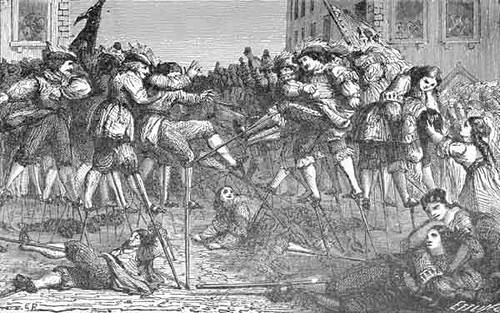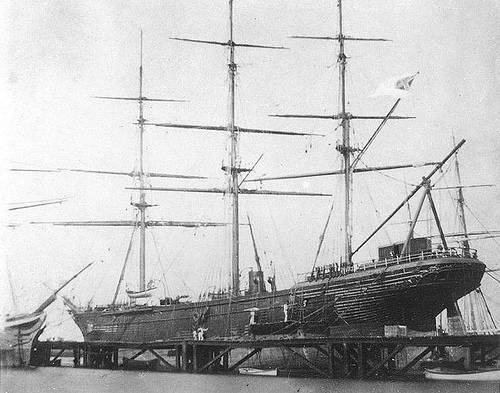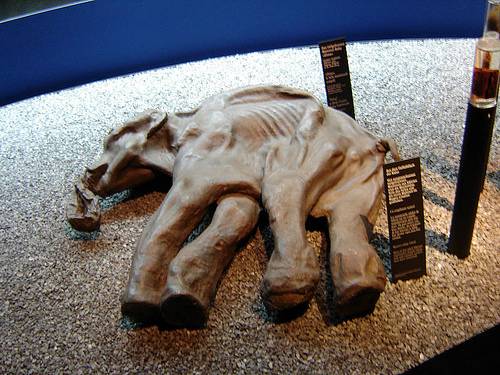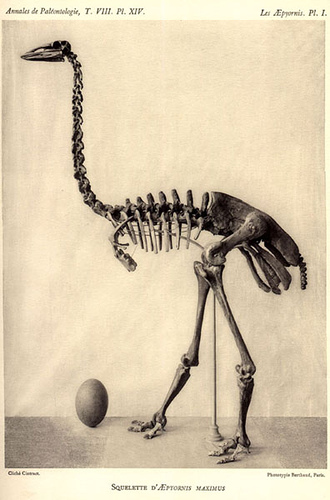
“In the year 1748 the great Marshal Saxe, who was travelling through the Low Countries, came to the town of Namur in Belgium. There the citizens did everything in their power to make his stay pleasant and to do him honor, and among other things they got up a battle on stilts. These inhabitants of Namur were well used to stilts, for their town, which has a river on each side of it, lay very low, and was subject to overflows, when the people were obliged to use stilts in order to walk about the streets. In this way they became very expert in the use of these slim, wooden legs, and to make their stilts amusing as well as useful they used to have stilt-battles on all holidays and great occasions. …
“Things are different in this country. It is said that in 1859 a man walked across the rapids of the Niagara river on stilts, but I never heard of any of his taxes being remitted on that account.”
— Frank R. Stockton, Round-About Rambles in Lands of Fact and Fancy, 1910






